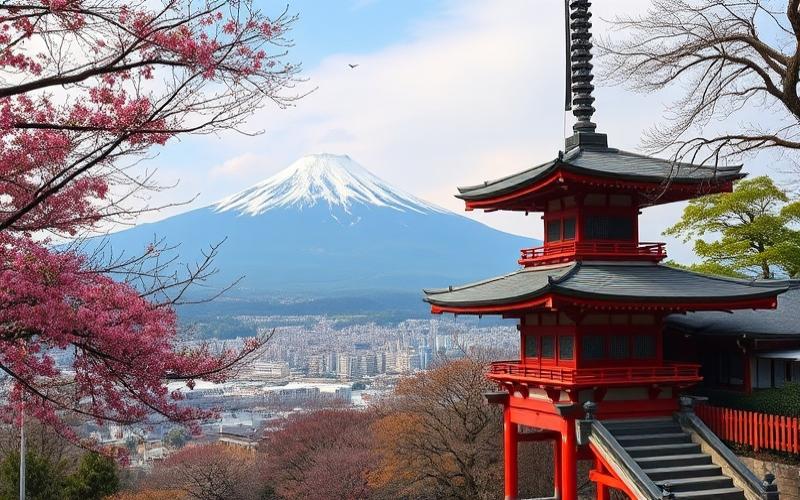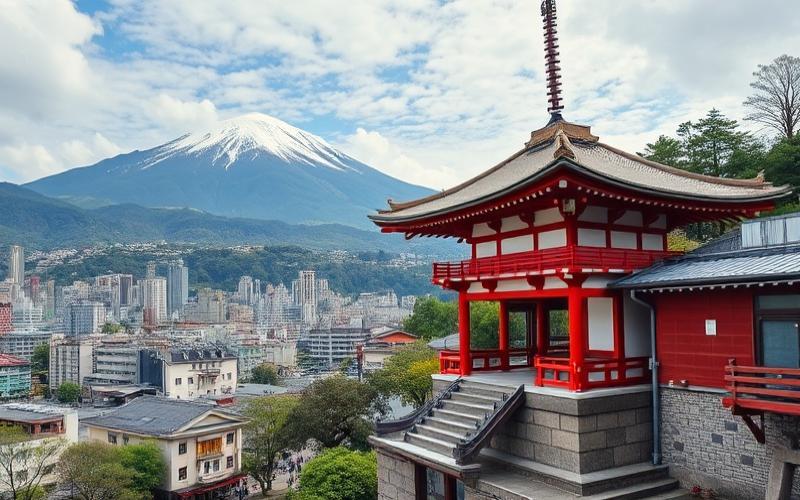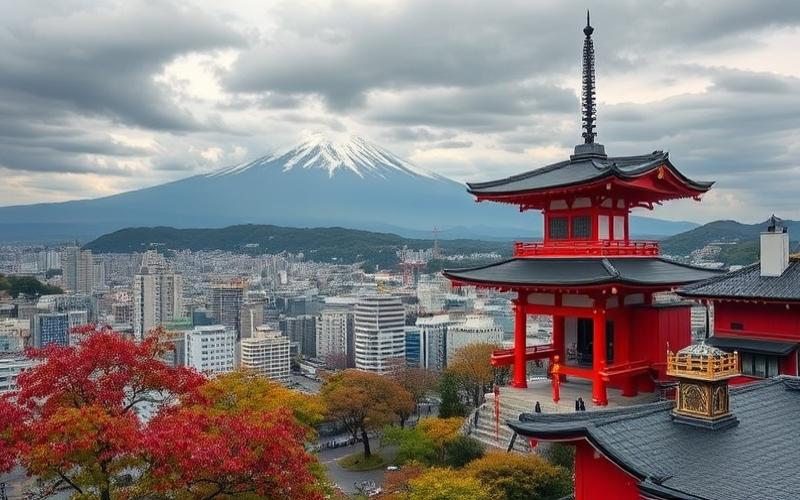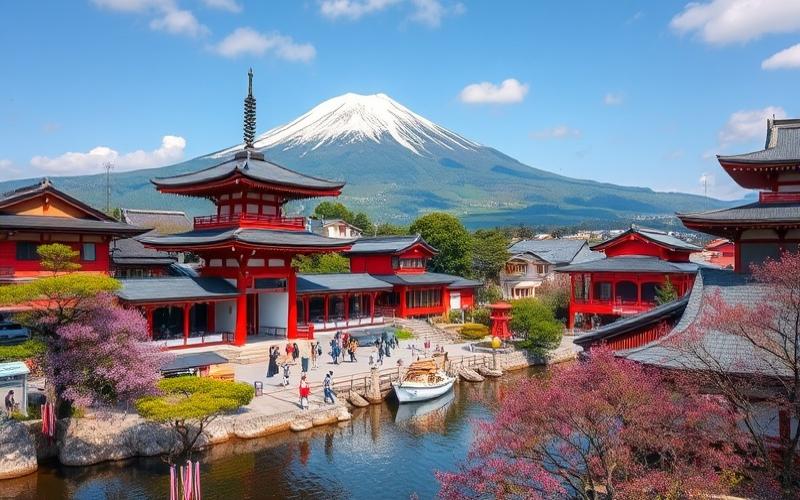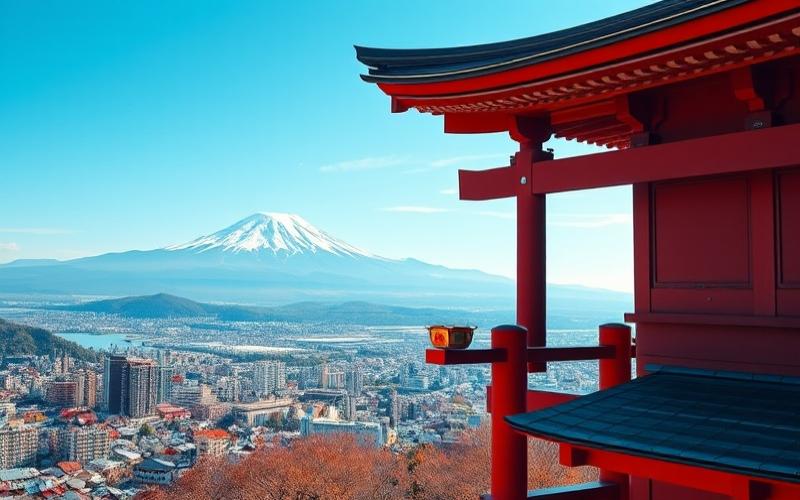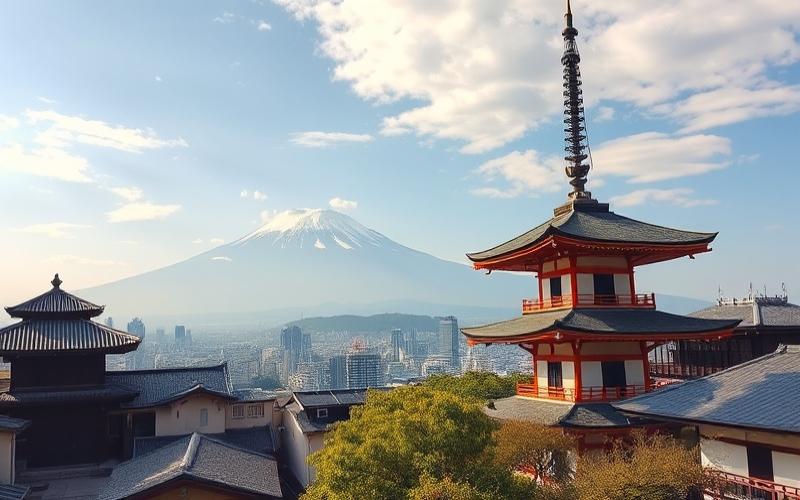
 Published on and written by Cyril Jarnias
Published on and written by Cyril Jarnias
In an increasingly competitive global market, trademark protection is a major challenge for any company looking to establish itself in Japan, a country known for its innovation and economic dynamism. Understanding the specific nuances of the Japanese legal system is essential to avoid pitfalls that could compromise your business. This article provides a practical guide to navigating the complexities of trademark law in Japan, focusing on effective registration and management strategies to secure and optimize your presence in the Japanese market.
Essential Steps for Trademark Registration in Japan
To register a trademark in Japan, there are important steps to follow. We will also explain the duration, cost, and key points to consider at each stage.
1. Preliminary Trademark Search
- Overview: Check if a company has already registered a similar or identical trademark. Use databases such as J-PlatPat provided by the Patent Office, as well as experts (intellectual property advisors).
- Duration: A few days to about a week.
- Cost: Free (for self-conducted searches), approximately ¥50,000 to ¥100,000 if using an advisor.
- Key Points and Tips:
- Similarity criteria are based on Article 3 of the Trademark Law and examination standards. Distinctiveness and originality are important.
- To avoid the risk of rejection due to insufficient research, it is recommended to consult an expert.
2. Preparation and Submission of Application Documents
- Overview: Trademark application documents include the trademark image and designated product/service classes (according to the international classification) submitted to the Japan Patent Office. Online applications are also possible.
- Duration: A few days to several weeks from document preparation to submission.
- Cost (as of 2024):
- Application fee: ¥3,400 per class + standard fee of ¥12,000
- If using an advisor, additional fees of ¥100,000 to ¥150,000 may apply.
- Key Points and Tips:
- It is necessary to submit an application with correct and error-free content. Insufficient content may result in correction instructions.
3. Examination by the Patent Office
- Overview: After a formal examination, the Patent Office conducts a substantive examination on over 20 points, including distinctiveness and conflicts with prior rights. During this process, you may receive a notice of refusal. In such cases, you can respond by submitting a statement or correction document.
- Duration: Approximately 8 to 12 months. However, using the accelerated examination system can reduce this (to about 2 months).
- Cost and Risk Factors: None
4. Publication and Opposition
Before and after the registration decision, publication in the official gazette is carried out, and the public can file oppositions.
Good to Know:
To file a trademark in Japan, start by conducting a preliminary search to ensure your trademark’s uniqueness, avoiding potential conflicts. Prepare your application by carefully following the requirements of the Japan Patent Office (JPO), and submit your application with an approximate cost of ¥3,000 to ¥4,000 for the filing fee. Examination by JPO examiners may take six to eight months, during which your application will be checked for compliance. If approved, the trademark is published for opposition for two months, a crucial step to detect potential disputes. Note that common errors include insufficient descriptions or incorrect classification of products and services. Ensure your application is tailored to Japanese specifics, such as using katakana script when necessary, to maximize your chances of success.
Challenges of Trademark Protection in the Japanese Context
Cultural and Legal Differences
- Differences in Trademark Law Interpretation
In Japan, strong protection is granted only to “famous” trademarks, whereas in Europe, “renowned” trademarks also enjoy extended protection. As a result, the fame requirement in Japan is set at a high level and often poses a barrier for Western companies. - Defensive Trademark Registration System
Under the current system, a registered defensive trademark is valid only for identical or similar products or services. This forces many Western companies to take additional measures to protect their brand value. - Principle of Territoriality and International Expansion
Trademark rights are country-specific, so unless a formal registration procedure is completed in Japan, foreign companies may not be able to take legal action against infringement. This is a major risk, especially if a timing gap occurs before or after entering the Japanese market. - Meeting Cultural Expectations
In the Japanese market, consumer sentiment and unique cultural values influence brand choices. This must be considered an important point in localization strategies.
Cybersquatting and Counterfeiting Issues
- Cybersquatting
Cybersquatting is a problem where third parties preemptively register domain names containing other companies’ brand names or similar names, leading to misconduct such as reselling at high prices. In Japan, these cases can be addressed through the Unfair Competition Prevention Act and the Trademark Law, but it is also crucial to establish an early detection and response system. For example, using a “domain monitoring service” can help reduce damages. - Distribution of Counterfeits
There is a risk of counterfeit products entering not only Japan but also from neighboring countries. Additionally, regarding counterfeit products sold on online platforms, enhanced collaboration with local authorities and strategy development—such as customs enforcement applications—are required.
Real-World Examples: Typical Challenges
- In the case of a Western company A: After launching its product, another company was established in Japan under the same name, which was not yet registered, leading to negotiations to avoid litigation.
- Increasing cases in the context of expanding online shopping: disputes over the legal importation of pirated products created by foreign operators; delays highlighted in system adaptation to the booming e-commerce era.
Practical Tips: How to Overcome Challenges
- Recommendation to collaborate early with local experts (lawyers/intellectual property advisors)
- Investigation of trade name usage = collecting baseline information for immediate priority registration
- Operation of a multi-tiered intellectual property portfolio serving as defensive measures.
Good to Know:
Navigating trademark protection in Japan presents unique challenges for foreign companies, primarily due to the complexity of the legal system and cultural differences. Japanese intellectual property laws can be interpreted differently, especially regarding cybersquatting and counterfeiting, which are recurring issues. For example, companies may face difficulties with the “first-to-file” concept, which differs from the “first-to-use” principle in many Western countries. A company like Starbucks has previously faced legal battles to protect its logo and avoid counterfeiting. It is crucial to engage a local specialized attorney to effectively navigate the trademark registration process and remain vigilant against cybersquatting practices. Investing in understanding cultural nuances and building trust-based relationships with local partners can also prove beneficial in anticipating and minimizing these challenges.
Understanding Intellectual Property in Japan for Your Brands
Intellectual Property Rights System and Trademark Regime in Japan
Overview of Intellectual Property Rights
In Japan, intellectual property rights are protected by several laws, including industrial property rights under the jurisdiction of the Japan Patent Office (patents, utility models, designs, trademarks). These grant exclusive rights for a certain period to new technologies, designs, brand names, etc., aiming to prevent counterfeiting and maintain business credibility.
Trademark Categories
Trademarks recognized in Japan include the following categories:
- Word Mark: Trademark consisting solely of words.
- Figurative Mark: Based on logos or designs.
- Three-Dimensional Mark: When a specific product shape is involved.
- Color-Only Mark: Based on a specific color (or color combination).
- Sound Mark: Based on sounds, music, melodies, etc.
These are examined according to Japan’s unique distinctiveness criteria.
Trademark Registration Process and Criteria
- Preliminary Search
Before filing, it is essential to check existing registrations. Similar or identical registrations by other companies may constitute grounds for refusal. - Filing Procedure
- After preparing the documents, they are submitted to the Japan Patent Office. Electronic filing is also possible.
- A filing fee for each class is applied, amounting to approximately ¥12,000 for the first class, then about ¥8,600 for each additional class.
- Examination
- Formal examination: Verification of documents (corrections if necessary).
- Substantive examination: Assessment of distinctiveness and violations of public order and morals. Risk of confusion with other parties is also considered.
- Notification of Results and Registration
If approved, registration fees are paid and registration is finalized. Subsequently, it is protected for 10 years (renewable).
Role of the Japan Patent Office (JPO)
The JPO offers the following services:
- Establishment of general consultation offices, including for trademarks (in all 47 prefectures nationwide)
- Organization of free information sessions and training seminars.
The JPO is currently strengthening global operational simplification through enhanced international cooperation (e.g., TM5 Initiative) and participates in international conventions such as Paris/WIPO.
Good to Know:
In Japan, intellectual property is primarily regulated by the Japan Patent Office (JPO), which oversees trademark registration. It distinguishes between product marks, service marks, and three-dimensional marks. The registration process requires careful verification of distinctiveness and absence of similarities with existing trademarks; any failure to meet these criteria may result in rejection. Unlike some systems, Japan does not accept descriptive trademarks and places great importance on proof of use. Registered trademarks enjoy enhanced protection, allowing for legal remedies in case of infringement, such as injunctions or damages. Compared to other jurisdictions, Japan imposes specific standards, including the rejection of indecent signs or those contrary to public order. To ensure successful registration, it is advisable to conduct thorough preliminary research and consult a specialized attorney beforehand to confirm alignment with local requirements.
Disclaimer: The information provided on this website is for informational purposes only and does not constitute financial, legal, or professional advice. We encourage you to consult qualified experts before making any investment, real estate, or expatriation decisions. Although we strive to maintain up-to-date and accurate information, we do not guarantee the completeness, accuracy, or timeliness of the proposed content. As investment and expatriation involve risks, we disclaim any liability for potential losses or damages arising from the use of this site. Your use of this site confirms your acceptance of these terms and your understanding of the associated risks.







